I was about to write the details of the 1969 Stratocaster, but instead, I want to focus on the 1968 and 1969 models with maple necks, which helped save the Stratocaster’s popularity. These guitars, alongside Jimi Hendrix (hereafter referred to as Jimi), are iconic in the history of music.
Woodstock
On August 18, 1969, Jimi performed at Woodstock with his Stratocaster. He wore a stylish white outer jacket paired with vibrant blue jeans. The official name of the event was the Woodstock Music & Art Fair.
His strap was also stylish. While Eric Clapton paid great attention to matching his stage attire and guitar color, Jimi, amidst the chaos, used a beautifully patterned strap. A knowledgeable guitarist might also appreciate having a stylish strap. In the States, there are even ads asking, “Why spend a fortune on a vintage guitar but use a strap that costs less than a thousand yen?”
Jimi’s pedal setup included the classic chain: from the Vox Wah Wah pedal to the Fuzz Face. If rack-mounted effects had existed at the time, Jimi’s sound would have been even more brutal and captivating.
Jimi connected his guitar to the shield in a primitive manner, eventually inputting it into the amplifier. Moreover, the pedals he used were all ‘quality’ analog equipment. Today, many of those high-quality vintage rarities are used as new items... it’s incredibly enviable. Pedals from the '60s and '70s were sometimes produced by companies with poor quality control, so it wouldn’t be surprising to encounter issues like faulty switches or crackling noise from the control knobs. If there were defects, you could just look for another one.
Jimi Hendrix’s fingers were long and beautiful, as stated by people close to him in interview CDs and such. There’s also a photo showing him eating with his left hand using a fork and his right hand using a knife. It’s also imagined that during his daily life, he might have been right-handed. He also wrote with his right hand (as seen in the nearly all-black, monochrome photo with a hat, referenced from the 2013 Fender Magazine).
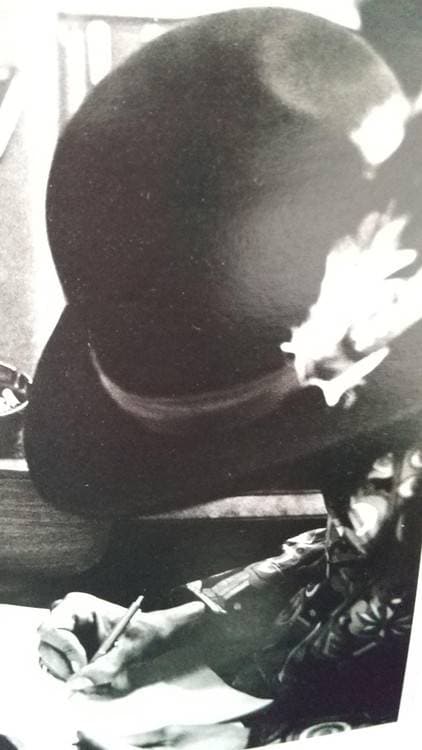
From the 2013 issue of Fender Magazine: Various photos show Jimi Hendrix using his right hand in different situations.
Considering today’s internet culture, there are more real and fascinating stories coming out of the United States. For example, the wild Jimi Hendrix was actually quite an intellectual—something we can now learn from interviews from back in the day that we didn’t know before.
Additionally, his stage outfits had impeccable style. His psychedelic-colored shirts and military-like outfits (as seen on the cover of Fender Magazine in 2013) are some of the most elaborate among his many outfits. Similarly, in the '80s, artists like Akira Takasaki and Yngwie Malmsteen also wore similar jackets.

From the 2013 cover of Fender Magazine: Jimi Hendrix effortlessly pulled off a military-like outerwear, looking incredibly stylish.
In my opinion, Jimi Hendrix’s legacy can be attributed to 70% his musical abilities, 25% his guitar gear, and the remaining 5% was his ability to ride the trends of the time. I can’t help but imagine this.
No matter how great a musician is, if they don’t tap into the trends of their time, they won’t become a legendary guitarist. Jimi’s performances were so flamboyant that they were irresistible to the audience. With his wah pedal, Fuzz Face, Uni-Vibe, whammy bar, Octavia, and amp feedback, Jimi’s mind seemed to release the very essence of genius. He expertly controlled the sound pressure of Marshall amps, and while most would succumb to the ‘wall of noise’ and feedback, Jimi used his long sustain as a weapon to send powerful, electrifying sound straight to the audience.
Jimi Hendrix played a right-handed Stratocaster reversed, overcoming its inherent difficulty and handling it with great skill. The tension of the strings was reversed, and due to the difference in string length, the sound was notably different from that of a regular right-handed guitarist. The bridge pickup was also slanted in the opposite direction, further altering the tone. Even the tremolo arm, which was difficult to use, became a unique part of his performance, showcasing his originality compared to other players.
Jimi’s breakthrough performance that gained him nationwide recognition was at the Monterey Pop Festival on June 18, 1967.
Wearing a psychedelic-painted Stratocaster with a rosewood fretboard, he captivated the audience.
At the end of his performance, he smashed his Stratocaster, set it on fire with oil, and raised both hands in a dramatic, almost curse-like gesture. While destroying a guitar might not be shocking today, one can only imagine how deeply it was etched into the minds of the audience 55 years ago.
Leo Fender, upon hearing Jimi Hendrix, was not pleased, particularly with how Jimi used the tremolo arm.
The Stratocaster was originally designed with the intention of being used for vibrato that affected the pitch, as was common in Hawaiian and country & western music, which Leo preferred. By the '60s, this style of playing had already become somewhat outdated. It was understandable that Leo reacted negatively to the surf music and psychedelic sounds that dominated the '60s.
However, despite his misgivings, production of the Stratocaster continued. In fact, it was undeniably Jimi Hendrix’s influence that revived the Stratocaster, turning it into the iconic electric guitar it is today and helping to restore its popularity during a time of decline.
[Fender Stratocaster 1954-1982, 1970 Model]
The maple laminate specification ended in 1970.
[Neck and Headstock]
As mentioned previously, the CBS side adopted the large headstock design to prevent other companies from mass-producing copies of Fender guitars. Additionally, the CBS logo, with thicker black lettering, further differentiated Fender from other companies.
Indeed, the maple laminate necks up until 1970 had a unique character. The headstock proudly displayed the large head with the black Fender logo, beneath which was the decal reading “With Synchronized Tremolo,” and two smaller patent numbers were also applied. This design marked a significant departure from the 1950s look and took a direction toward the large headstock style. The decal remained largely unchanged until 1970.
In recent years, the maple laminate neck and slim neck design have been successfully released in limited quantities in Japan, becoming a long-selling model. The 1969 Woodstock performance’s main guitar, featured in the Fender Japan catalog for many years, was a welcome specification for Japanese players, who tend to have smaller hands. Fender Japan included both the SRV model and the Jimi Hendrix model in their catalogs. While these models were not perfect replicas, they were made with a focus on delivering high-quality craftsmanship within a reasonable budget (as noted in the 1997 Fender Japan catalog).
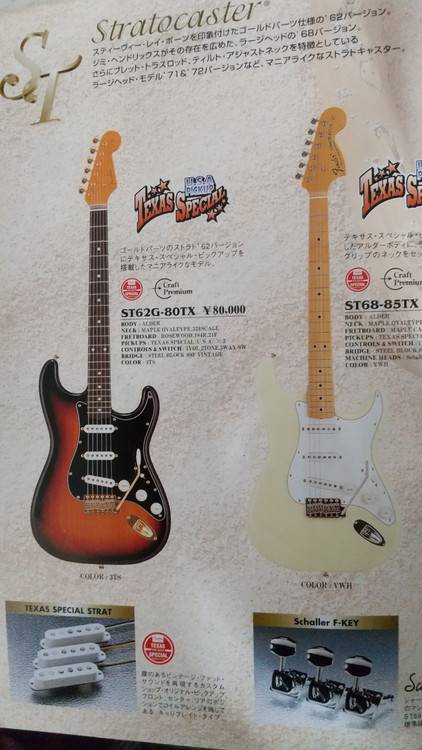
From the 1997 Fender Japan catalog, the Jimi Hendrix and SRV models were designed to come as close as possible to the original guitars, considering price and authenticity. Despite both musicians having passed away, their influence on the music scene and the subsequent generations of musicians has been immense.
[Body]
Regarding the body, it’s noted that the white and black colors often had a solid finish to hide the wood grain, which led to the creation of 4-piece bodies. While it’s rare to find 3-piece bodies from 1954, the preference was generally for the 2-piece body. However, 4-piece bodies were likely made with the intent of being painted over entirely, making efficient use of wood — a signature of Leo Fender’s ingenuity.
In contrast, since the 2000s, most necks, whether from Japan or the States, have been made with quartersawn wood less frequently, often using flat-sawn (or rift-sawn) boards, where the grain tends to be more wavy. Even ten years ago, though, Fender Japan still offered quartersawn maple for necks, highlighting how production methods have evolved over time.
Actually, I once made a mistake when buying a maple fretboard guitar online. I saw an image where there was no undesirable wood grain on the neck, so I purchased it from a music store in Kobe. However, after it arrived, I was surprised during a string change. The grain on the neck ran parallel directly under all six strings! This was something I couldn’t tell from the internet images.
For high-end guitars, if you’re purchasing from a store like Sound House, I think it’s a good idea to inquire via phone or other means to get detailed information before buying from a distance.
Rosewood fretboards can also have variations in color, or uneven darkening. In such cases, it’s possible to modify and darken the fretboard. However, with maple fretboards, it’s difficult to hide the grain or stains.
The Stratocaster’s single-coil pickups produce sound simply by wrapping wire around six Alnico magnets. That’s all there is to it. So why does the sound vary? It’s the result of factors such as the player’s technique, the type of strings, the tone of various pedals, the richness and smoothness of the amp, the shielded cable, the pickup selection, and the changes in strength caused by the neck. All of these elements, along with the shape and material of the body and the picking control, contribute to the variation in sound and the creation of more beautiful overtones.
Even if one attempts to unravel the principles behind the electric guitar pickup, not even the greatest scientists who achieved monumental feats in physics can explain it. A current of just a few millivolts is generated at the player's fingertips, and the sound is output through the guitar’s tone, the amp and speaker, and finally to the PA system.
In other words, the mechanism of electricity produced by a variety of materials and the infinite spirit behind it remains a mystery to everyone.
That being said, the years before and after the regular production of maple-fingerboard guitars, the Stratocaster, which had been enduring misfortune, was propelled to stardom thanks to Jimi’s contributions.
I previously mentioned something similar, that “Jimi’s tone can be recognized even when using cheap pickups.”
But “students who try to copy Jimi by using high-end, pro-quality pickups”... which would you rather listen to?
This article mostly turned into a discussion about Jimi Hendrix. When it comes to maple fingerboards, it was Jimi.
I’m looking forward to hearing more about the Bullet Head and other elements in the next discussion!
Let me know whenever you’re ready to continue.
The “sound & person” column is made up of contributions from you.
For details about contributing, click here.







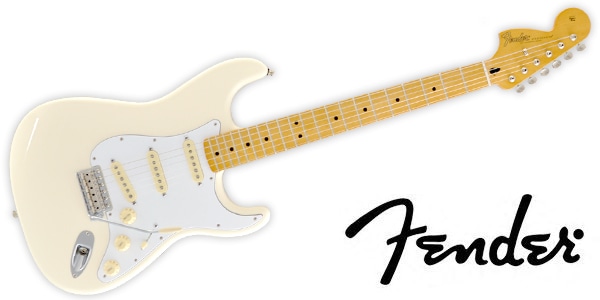

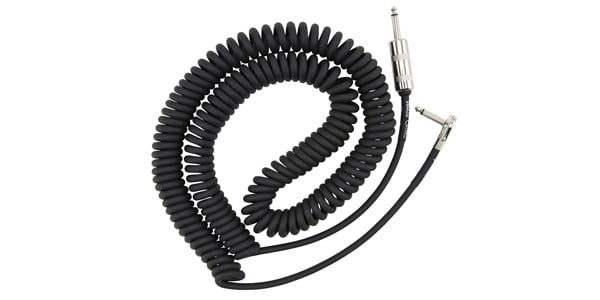
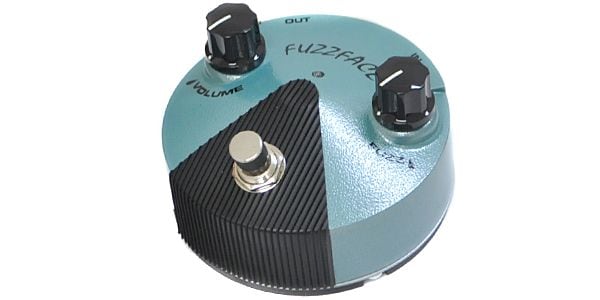
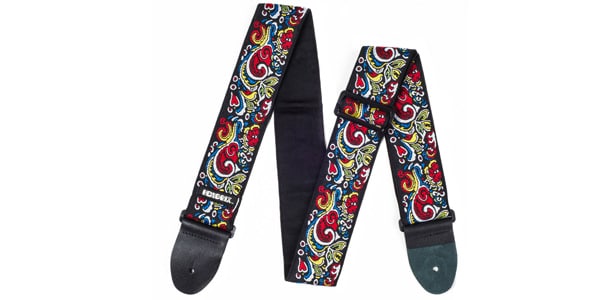





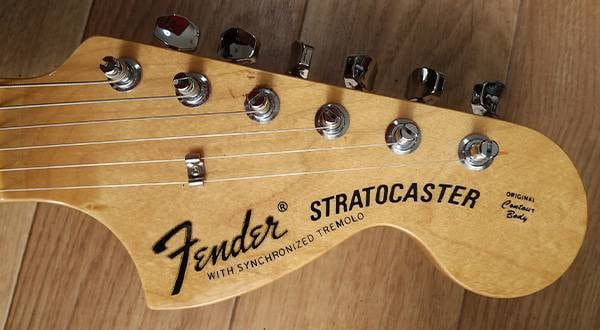
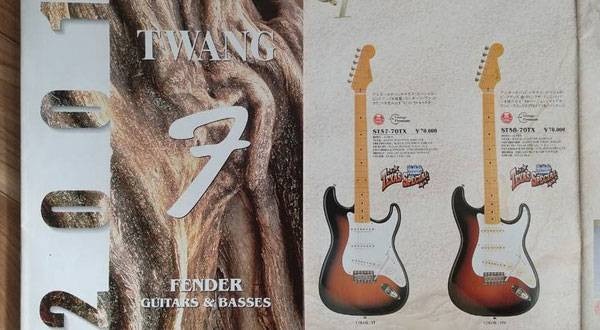
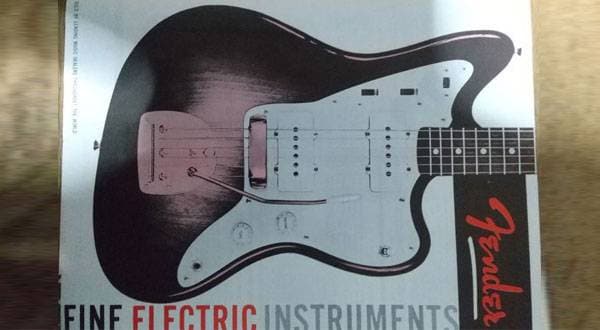
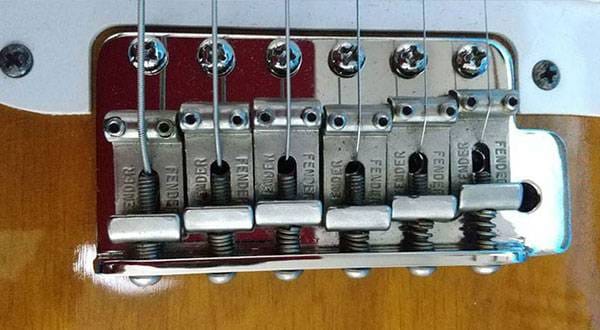
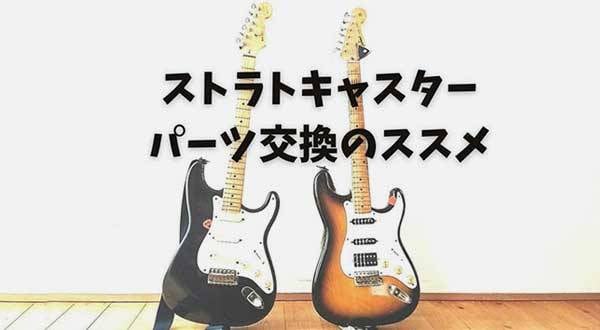
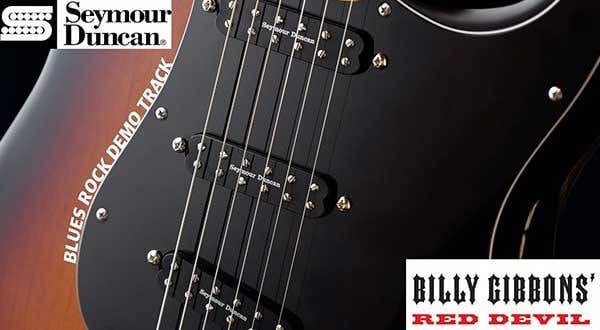
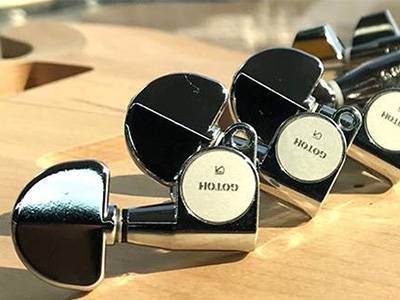 GOTOH(ゴトー)ギター用ペグ よくある質問まとめ!
GOTOH(ゴトー)ギター用ペグ よくある質問まとめ!
 ギターパーツの沼
ギターパーツの沼
 超オススメのフレーズ道場 ギター
超オススメのフレーズ道場 ギター
 ギターの種類
ギターの種類
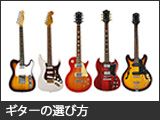 ギターの選び方
ギターの選び方
 ギター名人ラボ
ギター名人ラボ















